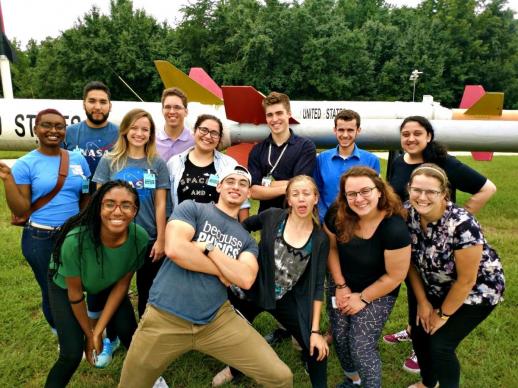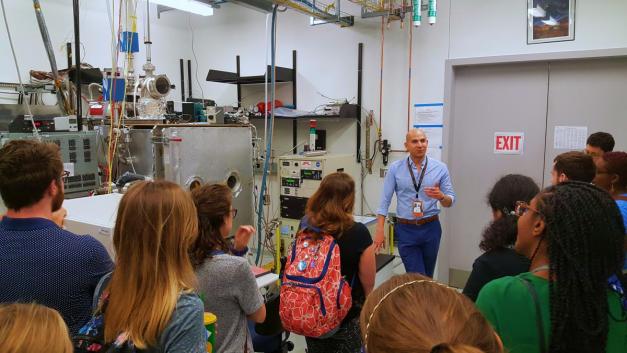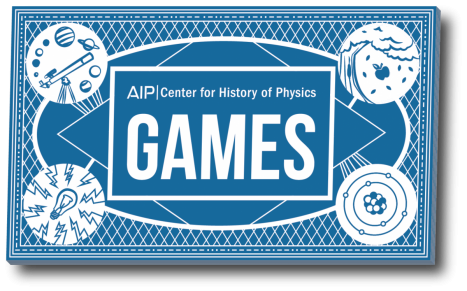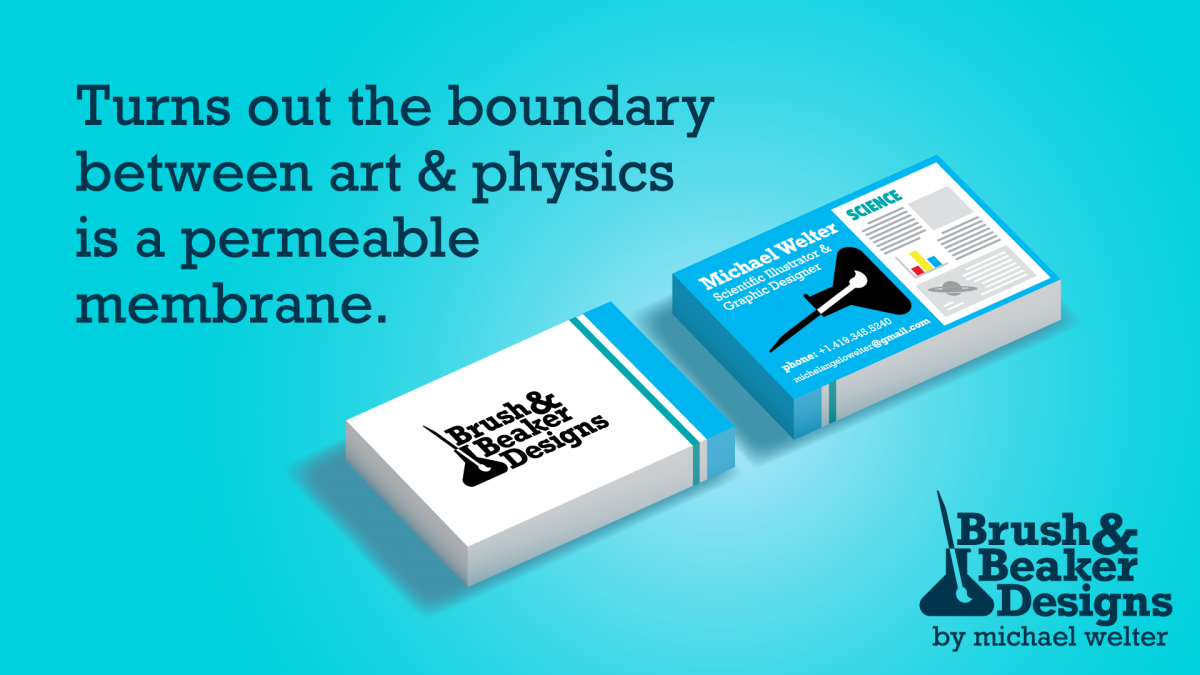Friday, July 27, 2018
By:
Only 15 days left until the end of the 2018 SPS Internship Program!

For some of us, the end of this internship marks the beginning of life in the real world. After representing SPS at the International Conference of Physics Students in Finland, Sam Borer will be diving head-first into the medical field. Phoebe Sharp and Nathan Foster will be attending job interviews, Amanda Williams will be catching a flight to fiery California to work as a counselor at AstroCamp, and Sarah Monk will be using her newly gained experience in the Minority Office for The Committee on Science, Space, and Technology to leverage herself into a career in science policy!
For the rest of us, the stakes aren't nearly as high---being that we all have at least one more year left in college---but what that means is we have the opportunity to take the knowledge we've accumulated over the duration of the past few months and share it with our own physics departments. Mikayla Cleaver, Jesus Perez and I will all be the presidents of our local SPS chapters next year, and I know we are all eager to get back to introduce new practices/strategies to strengthen membership and improve involvement.
I've heard a lot of horror stories about chapters losing their energy and participation after losing their long-withstanding faculty advisor and unfortunately we lost our founding faculty advisor last year, so I'm a little concerned about the upcoming transitionary period. However, a theme of those horror stories is that the advisor who is chosen to take on the responsibility is someone who has no experience with SPS or lacks the desire/time to provide the necessary guidance and organization. Amazingly, our department chair Dr. Titus has volunteered to take on the role---and if you have the pleasure of knowing him, you know he'll provide an abundace of energy and passion to keep our chapter alive and thriving.
Despite my confidence in the new leadership, I think our chapter would benefit from some more structure. Right now, we rely wholly on natural assimilation to our physics community to keep things running smoothly in our meetings and research spaces. But a lot of the time assimilation promotes exclusivity and lacks a mechanism for regulation. (Although we have a constitution as an organization that provides a set of expectations, it is rarely referenced and is a few years outdated.) So I've been working with our SPS officers to plan some sort of Community Guidelines that our members can vote on to make sure everyone is on the same page regarding chapter values and rules.
Speaking of regulations, we visited the National Institute of Standards and Technology (NIST---Jesus Perez's host organization) and got a glimpse into his research environment. Although I'm fairly certain that I don't want a career in a lab environment, as we were touring the clean room and the Center for Nanoscale Science and Technology (NanoFab and NanoLab), I couldn't help but feel an air of nostalgia reaching back to my summer research experience at HPU last year. It was really cool to see the techniques/instruments that I used for my own experiments (photolithography, electron dispersive spectroscopy, atomic force microscopes) being used for applications in international industry, FDA standardization, and upcoming technology.
After a short night of rest, we hopped on the Metro to NASA's Goddard Space Flight Center for a behind-the-scenes tour of the research facilities where Daniel Morales and Collin Flynn have been building flying cars and visiting Mars. Conveniently NASA was hosting a Science Jamboree, in which one of the buildings was filled with tables covered in displays and demonstrations of astrophysics, Earth science, heliophysics and planetary science. I watched an intriguing presentation on our sun's corona where I learned that the tail of a comet isn't pointing opposite the direction of motion (which I had originally assumed) but is actually pointing opposite the direction of the sun! (The strength of the solar wind is stronger than the momentum of the comet debri!) The speaker also brought up the peculiarity that the sun and the moon happen to look nearly the same size from the view of Earth despite their extreme distance differences---which, if you think about it, is pretty spectacular!

As for projects I worked on this week, Stephanie Williams recruited me to design a card backing for the Center for History of Physics Games downloadable card games (pictured below). I tried to pack it full of historical physics references. Some are pretty obvious (the falling apple references Newton discovering gravity, telescope and planets represent macroscopic discoveries, Carbon atom represents microscopic discoveries (and a not-so-accurate portrayal of atom composition), and a light bulb to represent the discovery of electricity), but some are more subtle (the dot-and-dash border is a repeated morse code pattern for the names of the four moons of Jupiter Galileo discovered (can you name them?); the telescope is pointing towards the ring of Saturn, which he also discovered); the rays connecting the triangles to the circular illustrations represent light refracting in a prism; the four circular illustrations are connected by an elliptical orbit (to signify Kepler's law of planetary motion) and orbit a star-like shape, representing the Copernican model of the solar system).

James gave me some great insight into what a non-traditional post-graduation for me might look like ("traditional" referring to the typical physics major post-grad path: graduate school -> PhD -> academia/industry). I'm almost entirely convinced that pursuing graphic design is the right move for me, so I was happy to get some advice. I'll need to do some more investigation, but it looks like developing a strong portfolio and organizing my brand so that I'm ready to move into industry immediately following graduation is the next step. After getting some industry experience, I may consider going to grad school for GD (hopefully I'll be able to get a company to pay my way through!). Now that I've got a logo, I'm able to start building a brand around it, which includes defining a color palette (I've chosen an analogous color theme: blue, blue/green, green), a style (still figuring that out..but I'm a big fan of the flat, geometric style, which I think will lend well to scientific illustrations), and a message (I plan to advertise myself as a scientific illustrator and graphic designer, using purposeful, colorful images to communicate various physics/science-related material).

Two weeks left with lots to do... including buying a train ticket home! Thanks for tuning in.
Michael Welter
